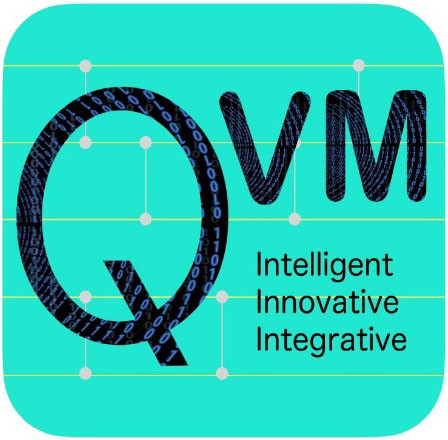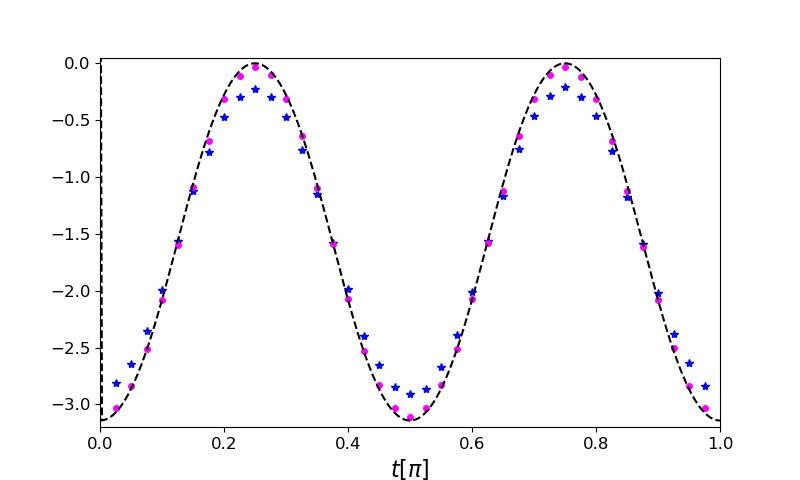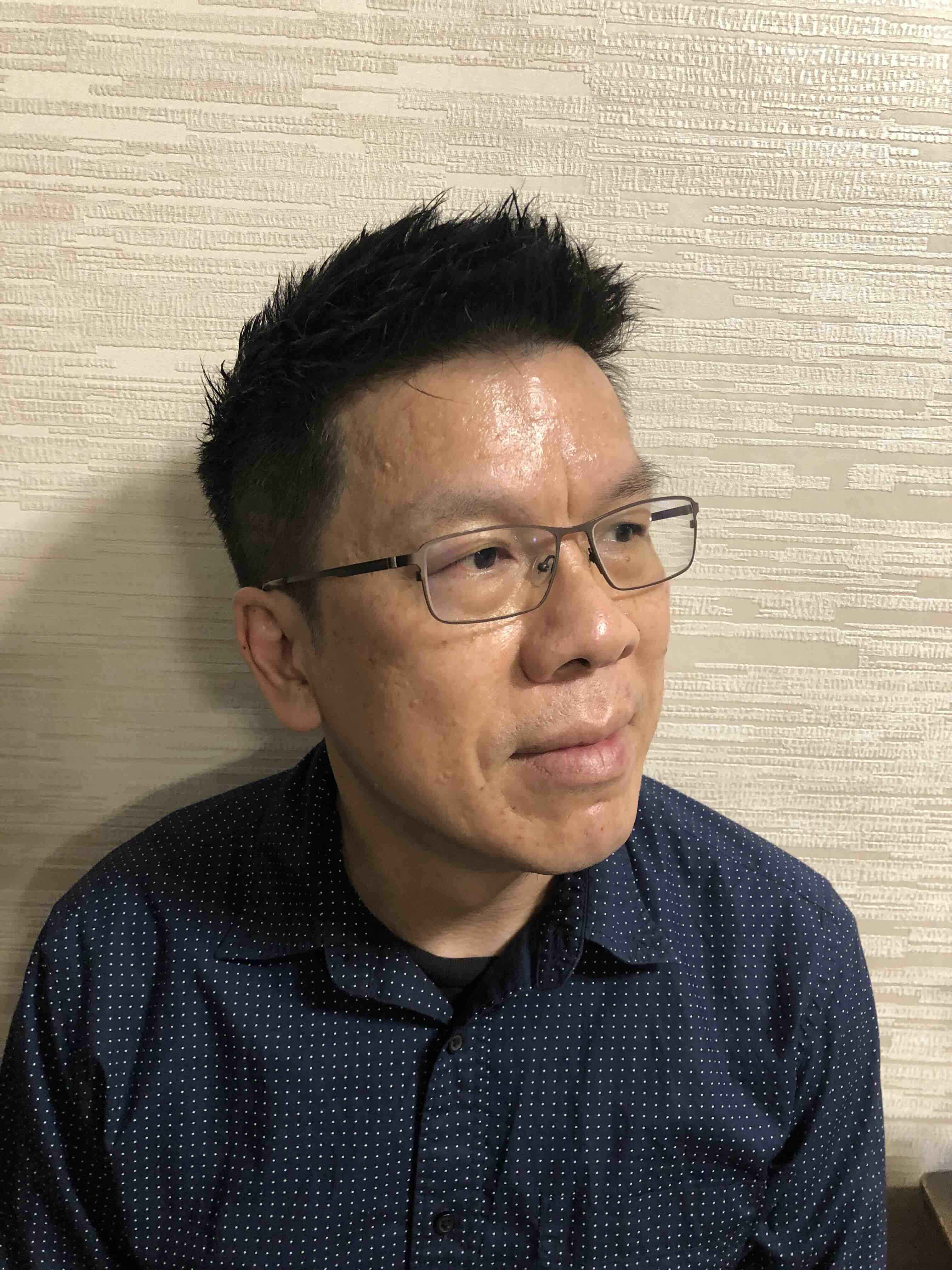第一列
In this integrated project we propose the concept of a quantum virtual machine (QVM) to study comprehensively the potential of quantum advantage in and beyond noisy intermediate-scale quantum (NISQ) era. A QVM consists of three layers, separated by their level of abstraction. At the top we envision a quantum application layer, where we plan to perform quantum simulations of topological quantum dynamics and quantum field theories. At the intermediate level, we envision a quantum architecture layer, where we explore quantum-classical hybrid architecture inspired by the interplay between quantum circuit, tensor network, and machine learning. At the bottom, we envision a quantum middleware layer, in which we explore the optimization and characterization of NISQ processors in a device independent fashion. The layer will also serve as a bridge to the underlying quantum firmware layer, which performs device-dependent controls. We expect that the project will provide a unique opportunity to integrate the quantum software stack with domestic and international NISQ processors.

The logo symbolizes the quantum-classical hybrid of our Quantum Virtual Machine (QVM) through the quantum circuit diagram and the 0101 tiling, stressing the motto of the machine design: intelligent, innovative, and integrative. This Virtual Machine serves as an intelligent interface between the user and quantum devices; it integrates quantum and classical computational architectures and provides innovative algorithms, with the goal of making simulations of Nature.
-
Co-PI
-
Chi-Jen David Lin (National Yang Ming Chiao Tung University)
-
Yu-Cheng Lin (National Chengchi University)
-
Hsiu-Chuan Hsu (National Chengchi University)
-
Chiao-Hsuan Wang (National Taiwan University)
-
Nan-Yow Chen (National Center for High-Performance Computing)
Probing dynamical entanglement and topology with a noisy intermediate-scale quantum computer
Simulating complex many-body systems on current noisy intermediate-scale quantum (NISQ) devices is a challenging task since noise and errors limit the scalability and accuracy. We have developed a parallel automation program that incorporates various optimization strategies, measurement protocols, and error mitigation techniques. This program is designed to implement simulations on the IBM-Q devices and post-process the resulting data. Using this program, our simulations on the IBM devices for quench dynamics in a topological insulator achieve results that closely match exact solutions. Future extensions of our automation program aim to support a wide range of applications in quantum many-body simulations on NISQ devices.

Time-dependent topological property in an eight-qubit topological insulator, obtained from IBM-Q simulations (blue dots). The data after error mitigation (magenta dots) show excellent agreement with the results obtained through exact diagonalization (dashed line).
